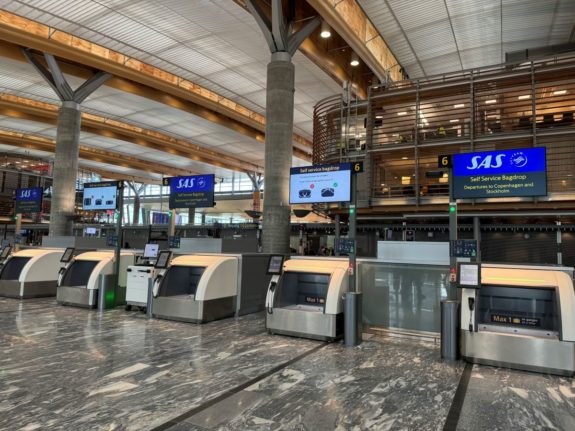The government is set to propose changes this autumn that would see the Air Passenger Tax replaced by a different taxation, it said in a statement.
The existing flight tax is currently suspended as part of Covid-19 economic relief. It reinstatement after the coronavirus suspension was scheduled to end on January 1st this year, but has been delayed until July 1st.
Normally, the tax adds levies of up to 214 kroner to fare prices for passengers.
The Ministry of Transport plans to present a new strategy for taxing air travel in the autumn as part of a wider proposal for the country’s aviation sector.
The plan will describe how emissions from aviation can be reduced and how the government can both reduce prices and increase the number of services on short haul services, the government said in the statement.
“It is a target that the Air Passenger Tax will be replaced with a tax that has a genuine climate effect and better geographical profile,” it said.
Prices for passengers could be as much as halved on so-called FOT routes as part of the plan, meanwhile.
FOT routes are domestic routes which do not operate at a profit and are financed by the state. These include services operated by airline Widerøe between Førde and Oslo in the south of Norway and Lakselv and Tromsø in the north.
The government has already consulted the industry, including airlines Norwegian, SAS and Widerøe, as well as industry interest groups and environmental organisations as to how the reforms might take shape, it said in the statement.
“The aim of the aviation strategy is to contribute to sustainable Norwegian aviation. It will be mostly focused on commercial flight but the strategy will also encompass other parts of the aviation sector such as helicopter businesses and drones. New technology, education, competencies and passenger rights are other theme to be touched upon by the strategy,” the government statement reads.



 Please whitelist us to continue reading.
Please whitelist us to continue reading.
Member comments